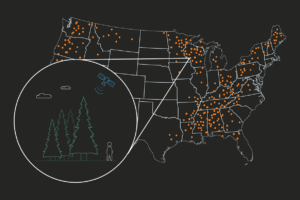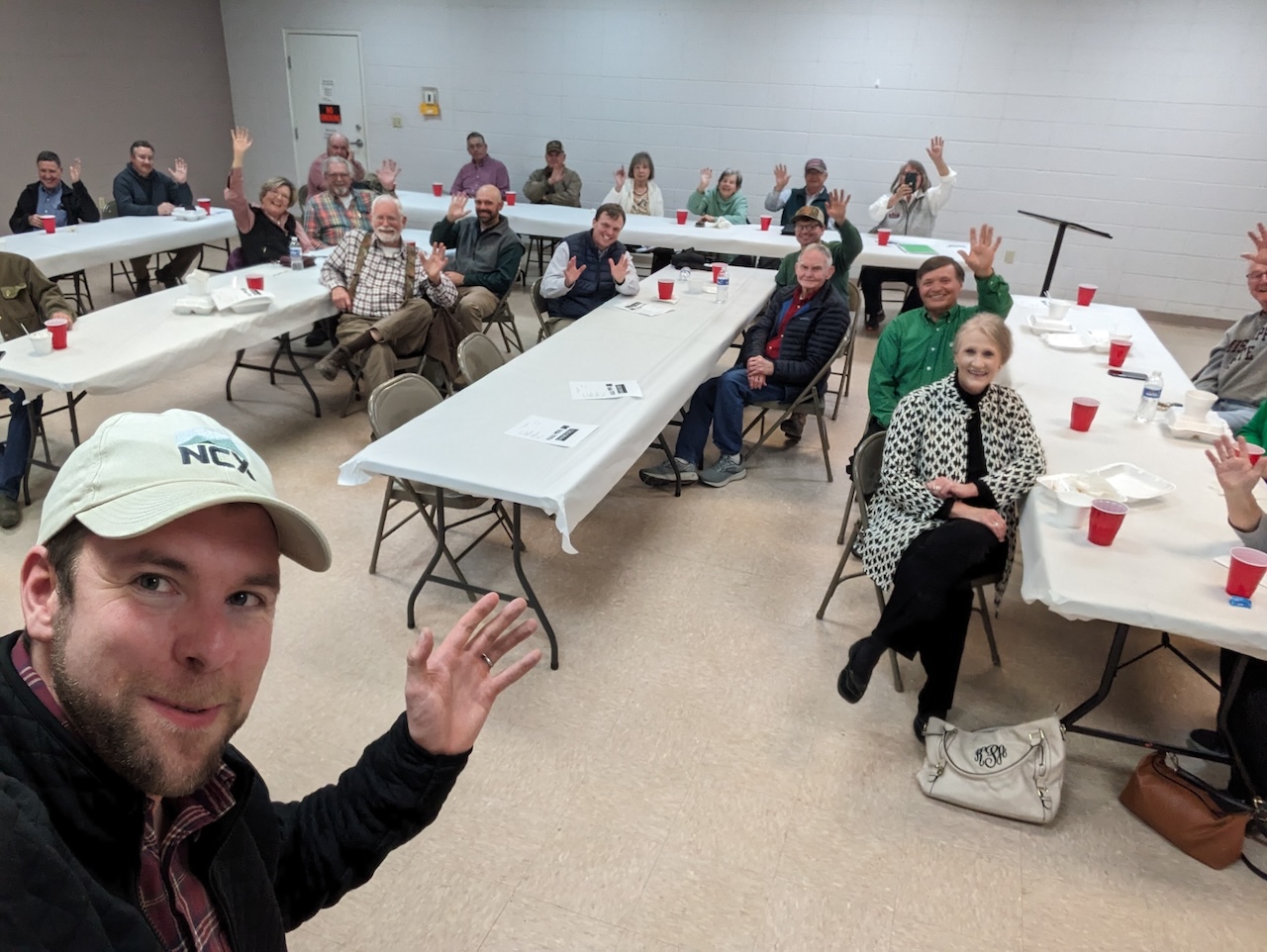Growing up on a family farm or forest creates a special bond between your family and the land. Families make treasured memories in the woods and fields as the tradition of land stewardship is passed from one generation to the next.
But keeping land in the family isn’t always easy. Navigating multi-generational decision making can be challenging and keeping the land financially viable often means finding creative new revenue sources. Here are some steps you can take to put your family land on a solid footing for the future.
Step 1: Discuss values and objectives as a family
The first step to successful family land management is setting clear goals. Goal setting requires understanding the values and objectives of each member of your family. Making decisions about family land can be especially challenging because of the many stakeholders, emotional connections, and the long time horizons involved.
It’s natural that each member of your family will come to the table with different perspectives and priorities. Different generations will be at different stages of their life journeys. Some family members may focus on financial returns while others may prioritize aesthetics, recreational uses, or ecological outcomes. Having an honest conversation about everyone’s individual preferences and needs is a powerful foundation for a multi-generational land management plan.
Create a dedicated time and space for this important family conversation. Inviting all family members to the property can help create buy-in and engagement in the process. Choose a respected family member to create an agenda and facilitate the conversation. Make sure that each voice is heard and that all relevant points are discussed – especially the uncomfortable ones. Foster a spirit of open communication and refrain from passing judgment on differing views. At this stage, the goal is simply to get everything on the table.
Step 2: Explore options and understand tradeoffs
With your family’s goals in mind, you can begin to explore options for achieving those goals. Depending on your family’s history, you may be familiar with several options already. Has your family been farming the land? Harvesting timber? Hunting? You might already have a pretty good handle on the pros and cons of those traditional uses of the land.
It’s also worth checking out new revenue streams and cost shares that have emerged in the last few years. From forest carbon and “climate smart” government cost sharing programs to solar leasing and rotational grazing, there are new programs coming out every year.
NCX can help you find programs that are a good fit for you and your land. Create a free account at NCX.com, enter your address, and see the programs that you’re eligible for. You can see the program obligations and get an estimate of how much you could earn.
Each program has its own pros and cons. Tree planting and timber harvesting can pay well but require an upfront investment and decades-long time commitment. Programs like conservation easements might reduce your tax burden but place permanent restrictions on your land. Recreational leasing offers flexible terms but lower payments than other options. Some programs might not be economically competitive with your current use of the land but may reduce the cost of achieving an ecological benefit you value.
You may even be able to “stack” several compatible programs to generate multiple revenue streams from the same acre. For example, a forest carbon program may be compatible with a hunting lease. Finding these types of combinations can create win-win outcomes that can achieve multiple goals at once and resolve potential family disagreements.
Step 3: Make a plan and act on it
Once you’ve weighed the tradeoffs between different programs, it’s time to create a coherent management plan for your entire property. Creating a detailed action plan requires understanding the technical requirements to implement each part of your plan, creating a detailed schedule, and delegating roles and responsibilities amongst your family members. Balancing interests and availability can be a challenge, even at the best of times.
Trusted advisors can be an enormous help in navigating this complex decision making and implementation process. The professional foresters at American Forest Management can assist with developing a forest management plan and can help coordinate high stakes operations like timber harvests.
You also may benefit from the expertise of accounting and legal professionals. The tax and estate planning implications of your forest management plan can significantly affect your economic outcome. Consider seeking the input from a trusted attorney and tax advisor as you craft your land management plan. Fellow landowners in your area can usually point you to a trusted local professional.
As you implement your plan, make sure to keep good records. Knowing who did what and when they did it can be an invaluable resource, especially given the long timelines involved in many land management decisions. A good record of your land management can be a powerful tool for learning what works and what doesn’t on your land. You’ll also be able to get much better advice from professional advisors if you can present them with a comprehensive picture of your management history on the property.
Step 4: Prepare the next generation
A sense of stewardship and appreciation for the land is an essential part of maintaining continuity and keeping a property in your family for generations. One of the major reasons why families sell land is because the younger generation has lost their connection to the land.
You can help your children foster a bond with the land by spending time out in the woods and fields together as a family. Getting your family involved with the management of the property can instill an appreciation for the land and an understanding of the tradeoffs between different uses of the acreage. For younger children, consider educational programs like Project Learning Tree, 4H, and local forestry camps.
Managing and preserving family land takes dialogue, planning, and a lot of work. By following the steps above, your family will be well on your way to ensuring an enduring legacy for generations to come.
This post is a collaboration between AFM (American Forest Management) and NCX (Natural Capital Exchange). For over 50 years, AFM has provided forestry consultant services nationwide and currently advises hundreds of families on their land management. NCX helps landowners find new revenue streams for their land: carbon, recreational leases, solar, and more.



